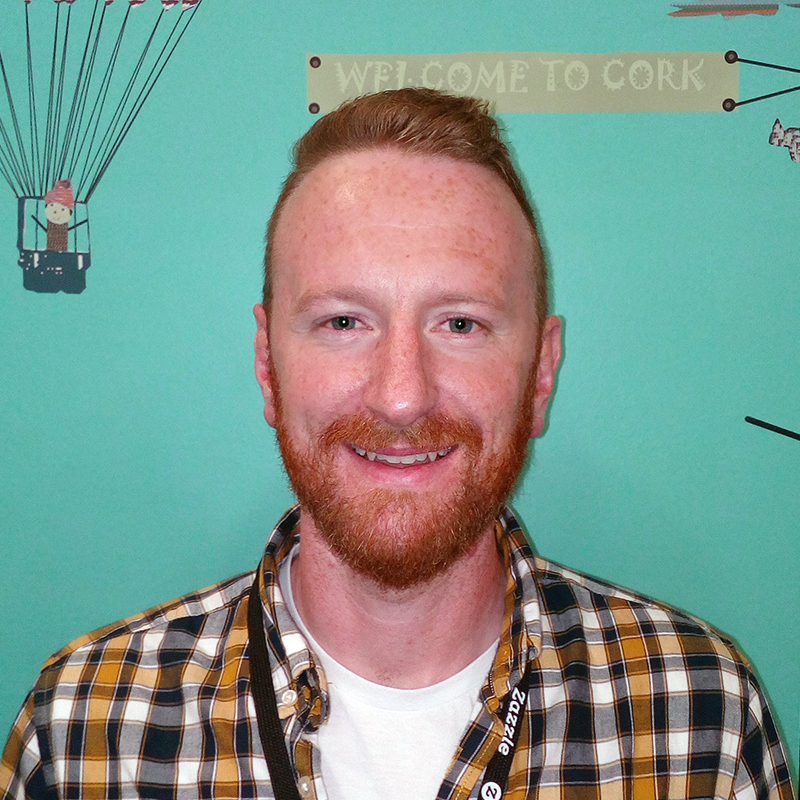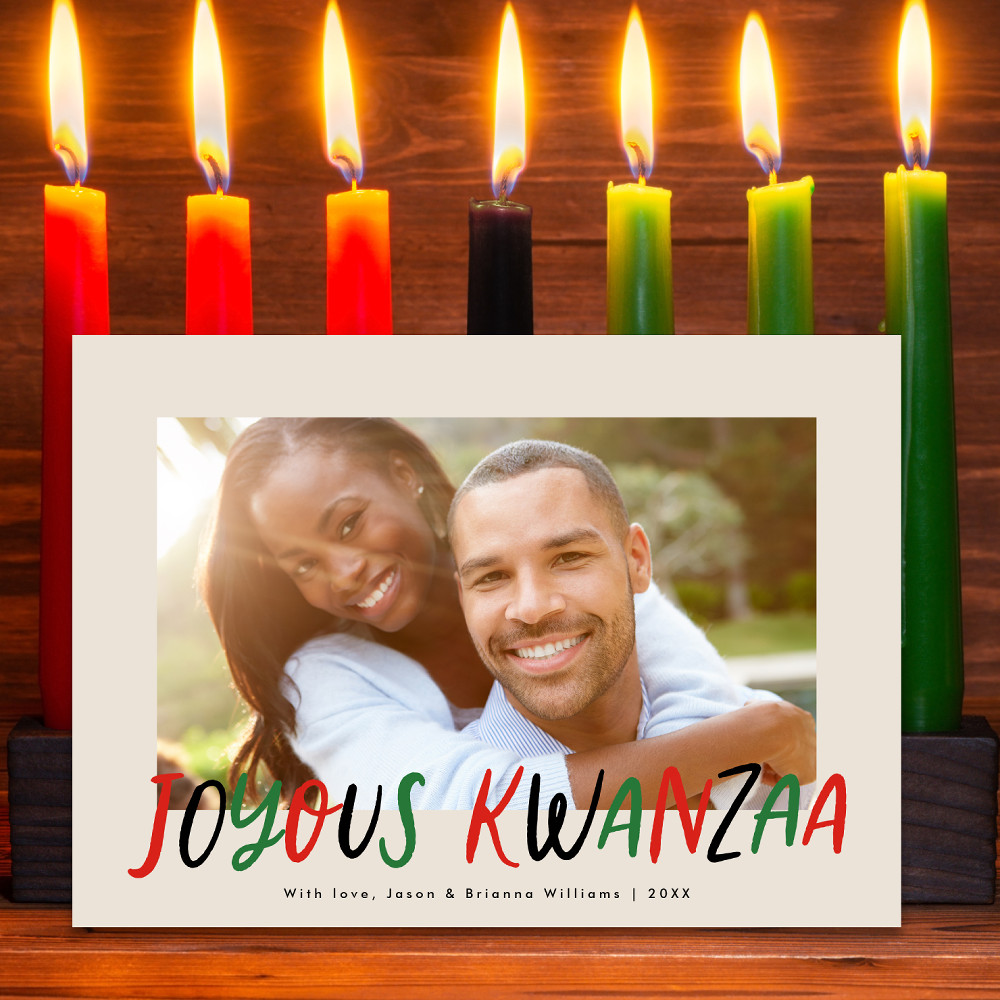Don’t be fooled by the somewhat macabre skeleton motifs, the references to visiting spirits, or the face-paint, masks, and timing—Día de los Muertos (Day of the Dead) is not Halloween with a little added Mexican flavor. The holiday is, rather, a celebration of the lives of the departed. A blend of ancient Mesoamerican tribal beliefs and elements of Catholicism brought to the region from Spain, Dia de los Muertos traditions are observed not only in Mexico but also in parts of Central and South America. And, of course, they’re becoming more and more popular in the United States thanks to the country’s growing Hispanic community.
If you’re one of those people who previously viewed this oft-misunderstood holiday as a similarly spooky relative of Halloween, read on, because we’ve got a host of Día de los Muertos facts to further surprise and enlighten you.
It’s more than just one day…
Día de los Muertos is something of a misnomer, as the festival actually spans not one but several days. It all begins on the night of October 31st, when the spirits of departed children are said to return. Sometimes called Día de los Inocentes (the Day of the Innocents) or Día de los Angelitos (the Day of the Little Angels), November 1st is dedicated to the memory of these kids. Later that night, the souls of deceased adults arrive, and they are duly remembered and celebrated on November 2nd.
During this period, families spend time visiting cemeteries and building traditional altars known as ofrendas. Complete with colorful and fragrant flowers, as well as tasty treats, ofrendas are designed to attract the returning spirits to their homes.
The souls of the dead can take a physical form…
In one mountainous region of central Mexico, another belief about the returning spirits is linked to a remarkable and somewhat mysterious spectacle.
Not far west of the country’s sprawling and densely populated capital city lies a national wildlife reserve and world heritage site that spans more than 200 square miles. Here, at the end of October and beginning of November each year, swarms of Monarch butterflies complete their epic 2,500-mile journey from Canada and set up camp in the fir tree groves for the winter. The butterflies number in the millions, with UNESCO even estimating that as many as one billion Monarchs could populate the reserve at peak times.
While the phenomenon isn’t yet fully understood by the scientific community, inhabitants of the area cling to an explanation that moves beyond the natural—to the supernatural.
In keeping with ancient Aztec lore, which suggests that the souls of the dead return as hummingbirds or butterflies, the locals believe that the Monarchs are reincarnated loved ones arriving in time for the Día de los Muertos celebrations.
One town continues a very unusual tradition…
While Día de los Muertos is often thought of as an Aztec holiday, however, more than 40 indigenous peoples in Mexico celebrate the festival in some shape or form. These celebrations share common traits, but they also vary slightly because of their differing ancestral influences.
On the Yucatán Peninsula, an area steeped in Mayan heritage, the holiday is called Hanal Pixan—which means ‘food for the souls’. The main festivities of Hanal Pixan still take place from October 31 to November 2, but, in all, celebrations last for over a month.
In a small town called Pomuch, about a 90-minute drive southwest of the Yucatán state capital of Mérida, a unique tradition takes place during the Hanal Pixan festival. While the visiting of cemeteries and the cleaning of graves is a big part of Día de los Muertos traditions in most places, the people of Pomuch take the ritual a little further. There, it is also a custom to exhume and clean the bones of departed loved ones.
The precise reasons and historical background behind this practice are unclear. In 2017, however, anthropologist Edgar Daniel Pat Cruz told the Huffington Post’s Janelle Pietrzak that it was connected to the ancient Mayan tradition of keeping the bones of ancestors in and around the home.
A skeleton named ‘Catrina’ is an icon of the holiday…
Skulls and skeletons form a major part of the iconography and pageantry of Día de los Muertos. They feature in the décor and the artwork; skulls made of sugar are among the treats commonly offered up to the dead; and the costumes most closely associated with the holiday, too, are bare bones.
While most of the bony characters depicted are nameless, an elegantly dressed skeleton called ‘La Catrina’ has risen above the rest to take a special place in Día de los Muertos folklore. The brainchild of a famed Mexican illustrator named José Guadalupe Posada, her first appearance—in 1910—was meant as a social commentary. In her stylish hat, she represented and satirized wealthy Mexicans who embraced European culture and shunned their own.
“Death is democratic, because in the end, blond or brunette, rich or poor, all people end up being a skeleton,” is a quote often attributed to Posada, and it is this message that he seemed to be communicating through Catrina.
The undeniable power of this message, and the parallels drawn between her and Mictecacihuatl—a goddess of death who was associated with the Aztec forerunner of Día de los Muertos—ensured that Catrina endured to become a key symbol of the holiday.
Speaking of enduring characters with lasting legacies…
James Bond changed how the festival is celebrated…
If you’ve seen the 2015 James Bond movie Spectre, you’ll undoubtedly remember the spectacular opening scene in which 007 pursues a helicopter-bound villain through Mexico City’s Day of the Dead parade. What you may not have realized, however, was that this parade was as much a work of fiction as anything else in the movie.
At that time, Mexico City did not hold such an event. Inspired by the movie, however, it does now.
In an attempt to capitalize on Spectre’s success and satisfy movie-loving tourists, the first International Day of the Dead Parade was held on October 29th, 2016. Ahead of the inaugural event, one of its creative directors, Alejandra González Anaya, told CNN that it was hoped the parade would one day rival the Carnaval of Rio and the Carnival of Venice in terms of global fame and appeal. That González Anaya identified these two joyous events specifically speaks to the uplifting and celebratory atmosphere that Día de los Muertos maintains in spite of its connection to death.
This year, the city will actually play host to two separate Día de los Muertos parades. According to El Universal, the Mixed Tourism Promotion Fund of Mexico City will stage the fourth annual International Day of the Dead Parade on October 27, while the city’s Ministry of Culture will stage the Grand Day of the Dead Parade on November 2nd.
We hope this list has opened your eyes to the wonderful diversity of this holiday and its varying traditions, as well as its many influences and ever-evolving nature. If you’d like to learn a little more about the basics of Día de los Muertos, you can do so here. Or, if you’ve got any interesting stories or facts about the holiday to share with us, please don’t hesitate to comment below.

Seamus is a Content Specialist at Zazzle. He is quite happy in the role. So, if you’re following, that makes him a content Content Specialist. Seamus likes to write, read, watch sports, drink good beer/coffee, and spend time with his two beautiful kids. To say that he doesn’t like ketchup is an understatement.




